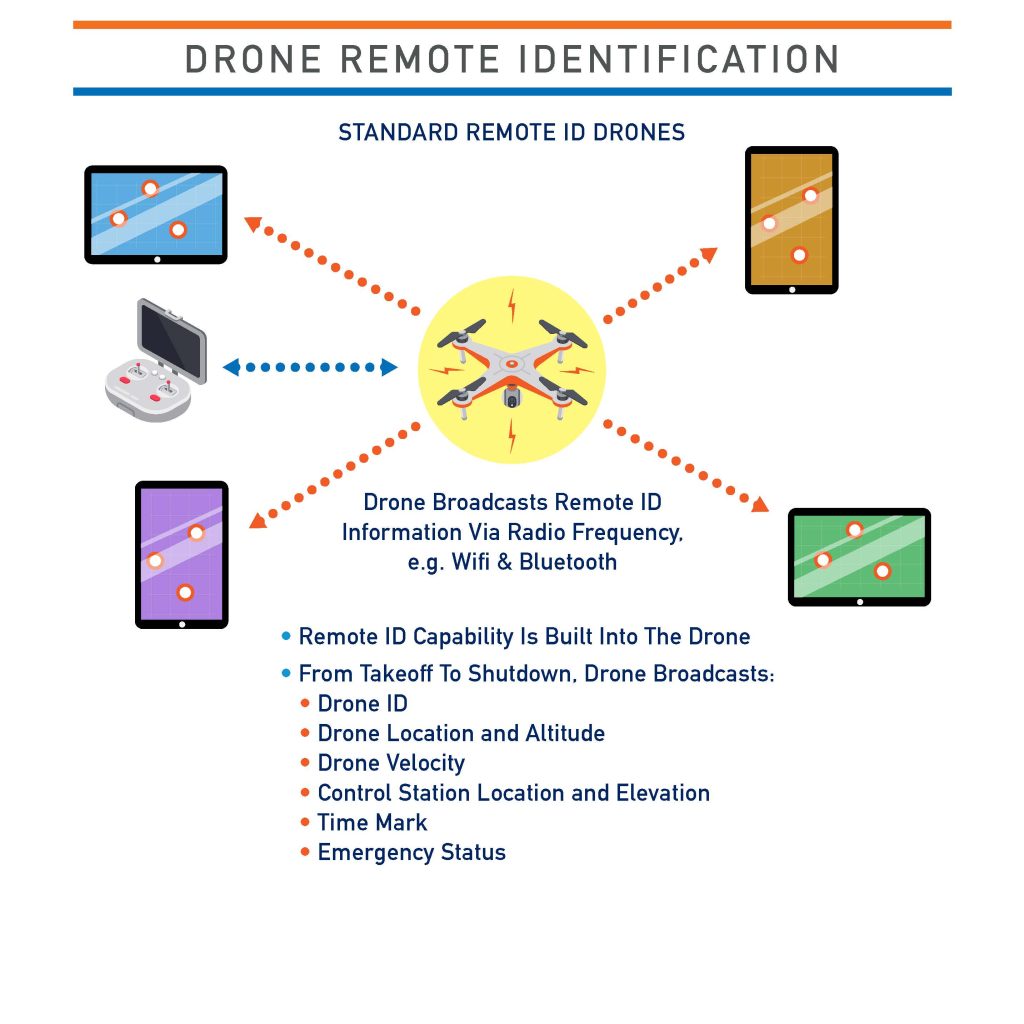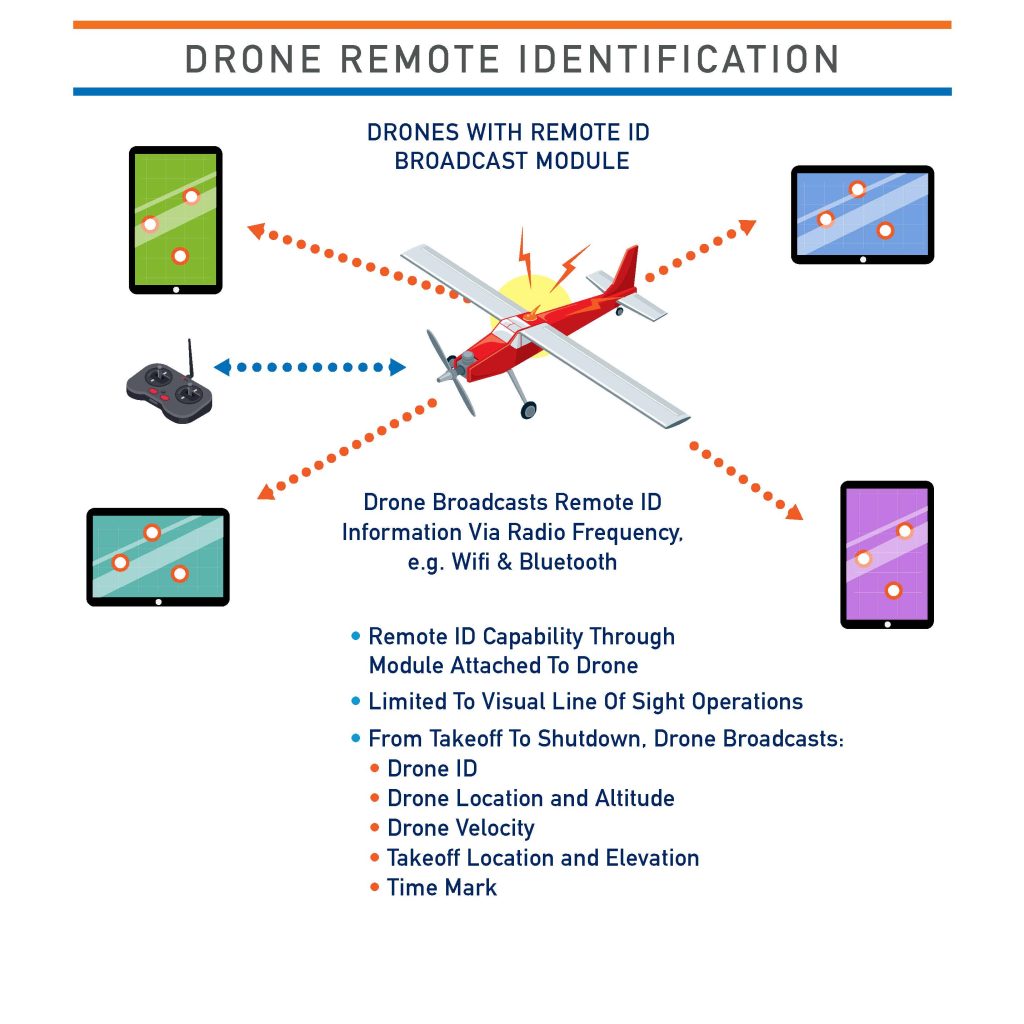In June 2016, FAA amended its regulations to allow the operation of small, unmanned aircraft systems in the National Airspace System. The Part 107 ruling, which was published at 624 pages long [bit.ly/FAA-Drones], addresses the operation of unmanned aircraft systems and certification of their remote pilots. It is the primary regulation for flying drones weighing less than 55 pounds. Shared here are a few key points about the FAA’s drone regulations.
Operator Requirements
Prospective operators must pass the Aeronautical Knowledge Test (AKT) to receive an operator’s certificate/license. The test is taken in person at one of the hundreds of testing sites nationwide.
Drone pilots need to go through a knowledge training and testing process every two years to maintain their status as a commercially certificated small Unmanned Aircraft Systems (sUAS) operator. The renewal test can be taken online, whereas the original test must be taken in person.
All drones that weigh 0.55 pounds or more must be registered with the FAA, except those that are flown exclusively under the Exception for Recreational Flyers. Part 107 registration costs $5 per drone and is valid for three years.
Failure to register a drone that requires registration may result in regulatory and criminal penalties. The FAA may assess civil penalties up to $27,500. Criminal penalties include fines of up to $250,000 and/or imprisonment for up to three years.
Drone operators must have the registration certificate (either a paper copy or digital copy) in their possession when operating a drone.

The FAA requires all drones be marked with the registration number before flying. The label:
• Must be maintained in a condition that is legible.
• Must be affixed to the small, unmanned aircraft by any means necessary to ensure that it will remain affixed for the duration of each operation.
• Must be legibly displayed on an external surface of the small, unmanned aircraft.
Beginning September 16, 2023, drone operators must operate in compliance with the Remote ID ruling. Remote ID is the ability of a drone in flight to provide identification and location information that can be received by other parties. It helps the FAA, law enforcement, and other federal agencies find the control station when a drone appears to be flying in an unsafe manner or in an unauthorized area.
Drone pilots will meet the remote ID rule if:
1) remote ID capability is built into the drone (Standard Remote ID Drone)*,
2) remote ID capability is achieved through a module attached to the drone, or
3) the drone is operated within an FAA-recognized identification area (community-based organizations and educational institutions).
Whether using a Standard Remote ID Drone or a remote ID broadcast module, nearly all the message elements are the same and they must be broadcast from take-off to shutdown.

A Standard Remote ID Drone must broadcast the following message elements:
• A unique identifier for the drone. Operators of a Standard Remote ID Drone may choose whether to use the drone’s serial number or a session ID (an alternative form of identification that provides additional privacy to the operator) as the unique identifier;
• An indication of the drone’s latitude, longitude, geometric altitude, and velocity;
• An indication of the control station’s latitude, longitude, and geometric altitude;
• A time mark, and
• An emergency status indication.
A drone with a remote ID broadcast module must broadcast the following message elements:
• The serial number of the broadcast module;
• An indication of the drone’s latitude, longitude, geometric altitude, and velocity;
• An indication of the latitude, longitude, and geometric altitude of the drone’s take-off location; and
• A time mark.
Again, the deadline for operational compliance is September 16, 2023.
Drone safety is the law. Visit https://www.faa.gov/uas for the Federal Aviation Agency’s drone regulations and other information. MR
*As of September 16, 2022, drone manufacturers must comply with the final rule’s requirements for them.























